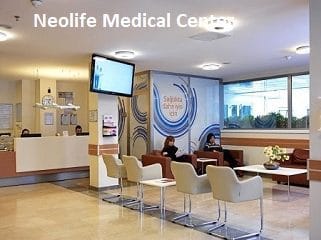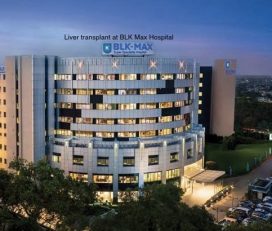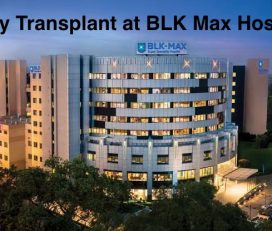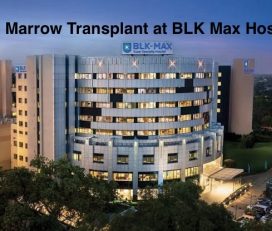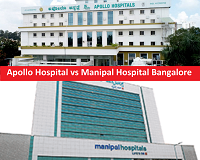
Atrial Septal Defect (ASD) Closure Surgery in Turkey
An atrial septal defect (ASD) is a congenital heart defect in which the atrial septum contains a hole, the wall that separates the left and right atria. There is often a slight gap between the two atria (foramen ovale) at birth, but normally the seals off shortly afterwards. Symptoms may develop at or later in childhood, depending on the size of the defect. Some may experience shortness of breath , fatigue, heart palpitations, or reduced ability to exercise.
Smaller ASDs can be closed simply by means of a suture and by monitoring the hole. A patch is usually used to close the hole on larger ASDs. This patch can be extracted from the pericardium (the sac covering the heart) or from synthetic materials like Dacron or Teflon.
If the ASD isn’t too wide and has a good rim all around, the use of a catheter can insert a closure system into the heart. The catheter enters from the groin, continues into the heart, and passes the device to deploy across the ASD.
Your child will stay in the hospital for at least four to six hours after the procedure. Most children can go home on the same day as the procedure. If your child goes home overnight, you will have to bring them back in the morning to have an echocardiogram. This test is to make sure that there is no fluid around the heart.




